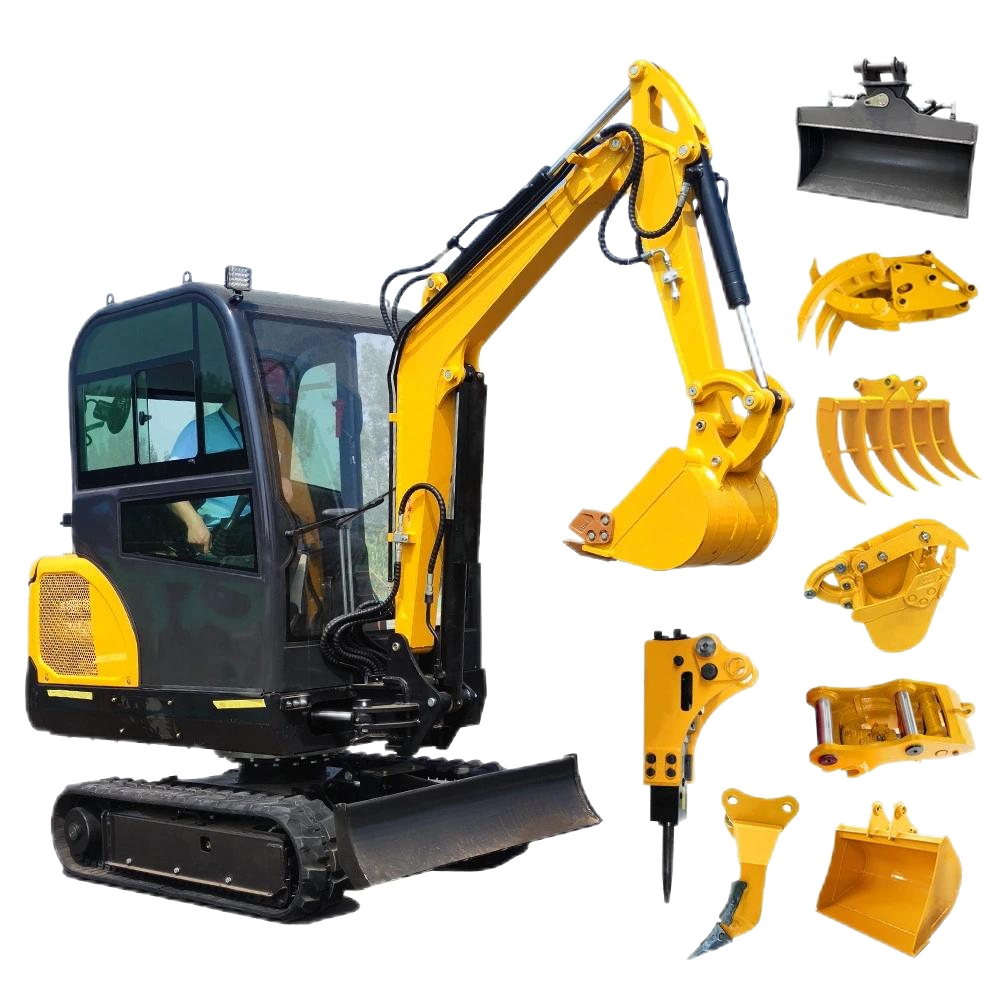When choosing an excavator in Russia, the differences in adaptability between wheeled and crawler excavators are mainly reflected in their matching with terrain, climate and operating scenarios.

Russia has a vast territory with complex and diverse terrain. The Siberian region has many swamps, permafrost and dense forests, with severe cold in winter and deep snow cover. Crawler excavators, with their wide crawlers, can effectively disperse weight and reduce ground pressure. They are not easy to sink in soft swamps, muddy areas after permafrost thawing, and can maintain good grip on snow-covered terrain in winter, making them more suitable for operations in such complex areas with poor ground bearing capacity.
The advantage of wheeled excavators lies in their faster driving speed and convenient transfer, which makes them suitable for areas with more hardened roads and relatively flat terrain, such as urban construction and projects along highways. However, in the vast wild areas of Russia where the proportion of non-hardened roads is high, their passability is far inferior to that of crawler excavators.
In addition, Russia has a long and cold winter. The mechanical structure of crawler excavators is more able to adapt to high-intensity operations in low-temperature environments, and their adaptability to complex terrain is also more stable. Therefore, on the whole, crawler excavators are more suitable than wheeled excavators in most field operation scenarios and complex terrains in Russia.





